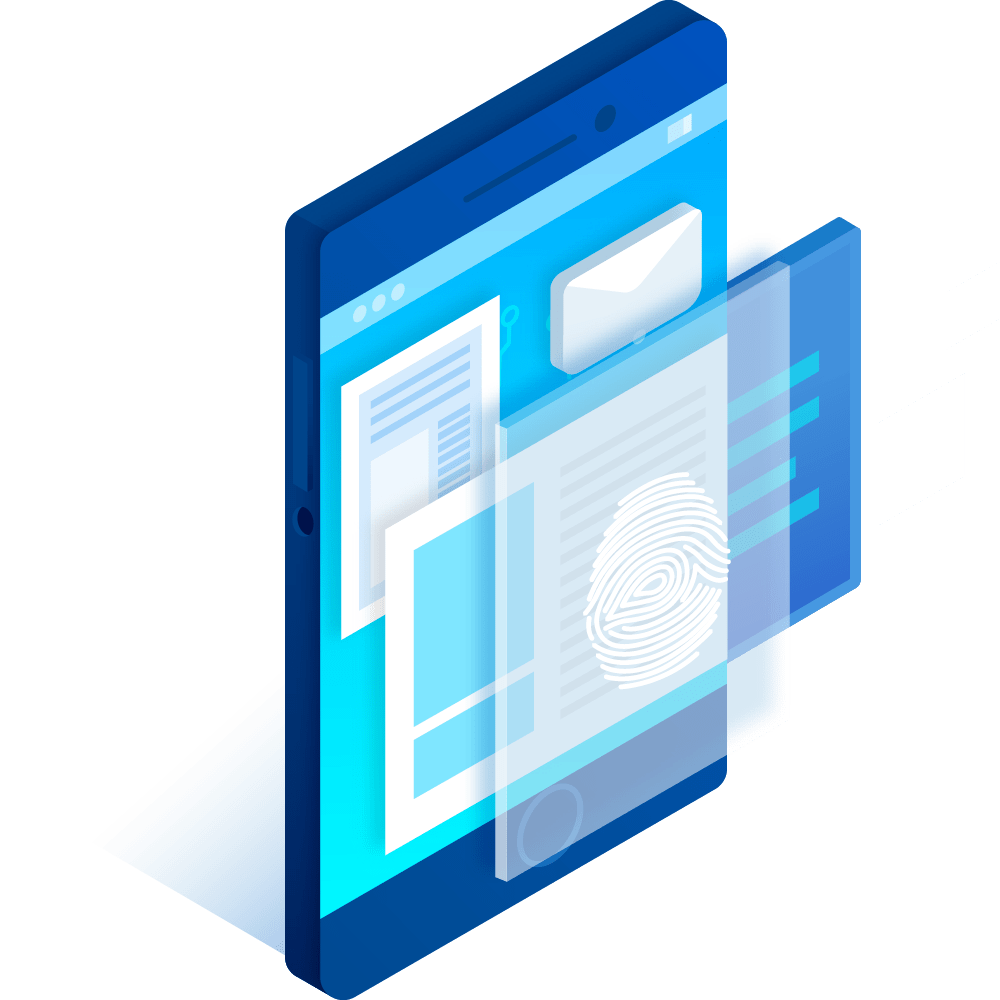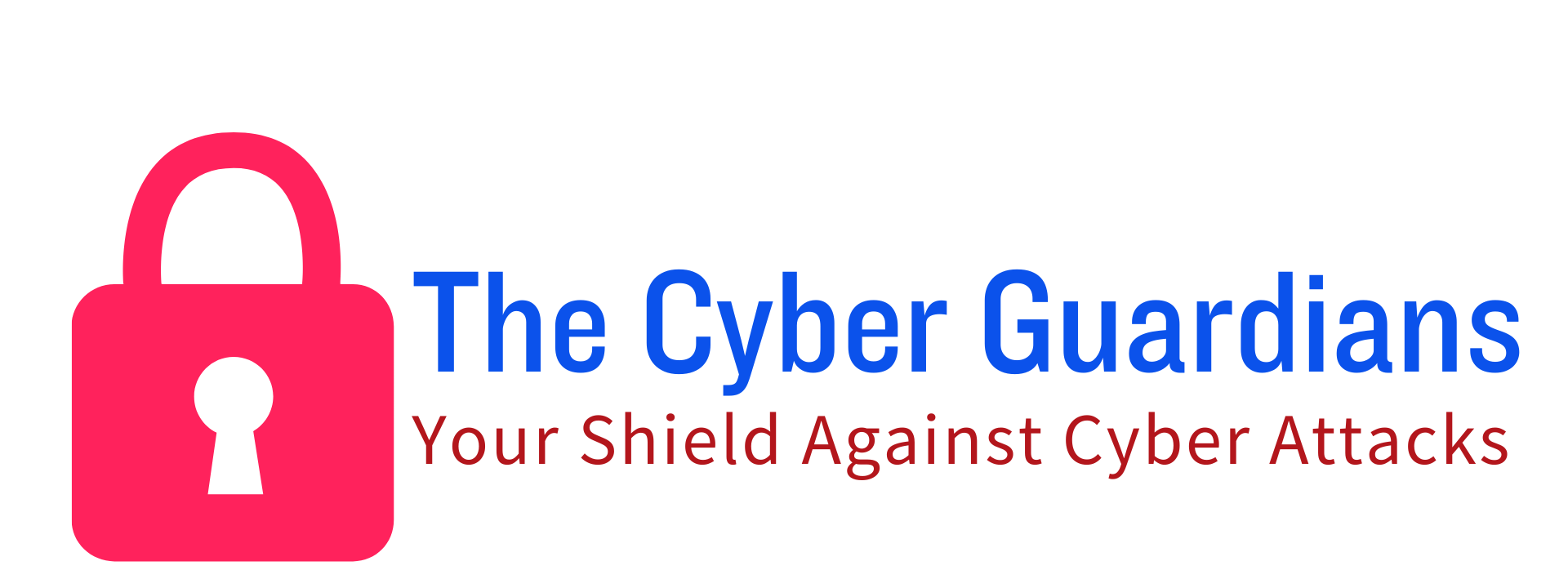A New Era of Security
Data breaches have become a major concern in the cybersecurity landscape, as they can result in the exposure of sensitive information, financial loss, and damage to a company’s reputation. In the new era of cybersecurity, there are several developments aimed at preventing data breaches and mitigating their impact when they occur.

Cyber-attacks are an ongoing threat
in today’s digital landscape. 😥

Use Strong Passwords
Use unique, complex passwords for all your accounts and avoid reusing them. Consider using a password manager to securely store and generate strong passwords.
Implement Access Controls
Access controls like firewalls, password policies, and two-factor authentication can help prevent unauthorized access to your systems.
Backup Data Regularly
Regularly backup your data and test your backups to ensure that you can recover in the event of a disaster or data breach.
Use Encryption
Use encryption for sensitive data in transit and at rest. This can help prevent attackers from intercepting and accessing your data.
Monitor For Threats
Implement a threat detection and response program to identify and respond to threats as quickly as possible.
Be cautious of phishing scams
Be wary of unsolicited emails or messages asking for personal information or login credentials. Avoid clicking on links or downloading attachments from unknown sources.

About
Security Services & Solutions
Security Services & Solutions aim to address the issue of cyber incidents that 91% of companies reportedly face. By uncovering security gaps and implementing the most efficient and results-driven measures, these solutions can prevent operational, financial, and reputational losses.

Tools
Free Tools, Software & Resources
Here are some free tools, software, and resources available for cyber security:
- Malwarebytes Anti-Malware: a free tool for detecting and removing malware from computers.
- ZoneAlarm Free Firewall: a free firewall software that can prevent unauthorized access to your computer.
- LastPass: a free password manager that can generate and store strong passwords for your accounts.
- Wireshark: a free network protocol analyzer that can capture and analyze network traffic.
- OWASP ZAP: a free tool for finding security vulnerabilities in web applications.
- Security Onion: a free network security monitoring platform that includes multiple security tools.
- Kali Linux: a free and open-source operating system that includes a wide range of security tools.
- National Institute of Standards and Technology (NIST) Cybersecurity Framework: a free resource that provides guidelines for improving cybersecurity practices.
- Cybersecurity and Infrastructure Security Agency (CISA) Resource Center: a free resource that provides information and guidance on cybersecurity threats and best practices.
- Open Web Application Security Project (OWASP): a free resource that provides information and tools for improving web application security.
Prevention
Proactively Eliminate Vulnerabilities
-
Conduct regular vulnerability assessments: Regular assessments can help you identify vulnerabilities before they can be exploited by attackers. You can use tools like Nessus or OpenVAS to conduct vulnerability scans.
-
Keep software up to date: Make sure all software and operating systems are patched and up to date with the latest security updates. Many vulnerabilities are discovered and patched regularly, and not keeping your software up to date can leave you vulnerable.
-
Implement access controls: Access controls like firewalls, password policies, and two-factor authentication can help prevent unauthorized access to your systems.
-
Train employees on security best practices: Educate employees on security risks and how to avoid them. This can include phishing scams, password hygiene, and social engineering attacks.
-
Monitor for threats: Implement a threat detection and response program to identify and respond to threats as quickly as possible.
-
Use encryption: Use encryption for sensitive data in transit and at rest. This can help prevent attackers from intercepting and accessing your data.
-
Regularly backup data: Regularly backup your data and test your backups to ensure that you can recover in the event of a disaster or data breach.

Contact Us
212-461-0481
1199 Broadway, #445 New York, NY 10001
Info@thecyberguardians.net
Monday-Friday: 8:00 am - 5: pm
Get Started
Do you have any questions or topics in mind that you would like to discuss?
